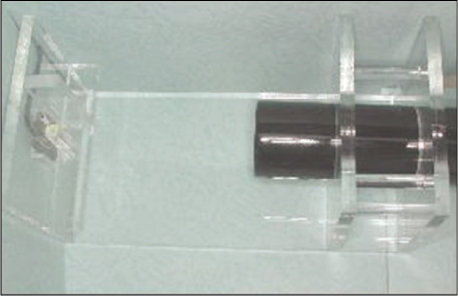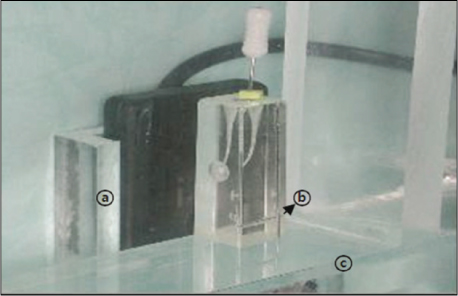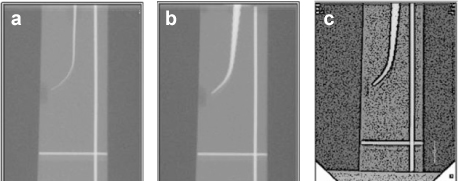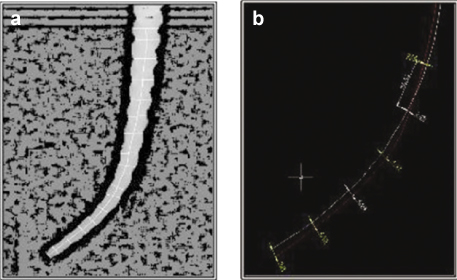Articles
- Page Path
- HOME > Restor Dent Endod > Volume 36(1); 2011 > Article
- Basic Research Comparison of apical transportation and change of working length in K3, NRT AND PROFILE rotary instruments using transparent resin block
- Min-Jung Yoon, DDS, MSD1, Min-Ju Song, DDS, MSD2, Su-Jung Shin, DDS, MSD2, Euiseong Kim, DDS, MSD, PhD1
-
2011;36(1):-65.
DOI: https://doi.org/10.5395/JKACD.2011.36.1.59
Published online: January 31, 2011
1Department of Conservative Dentistry, Yonsei University College of Dentistry, Seoul, Korea.
2Department of Conservative Dentistry, Gangnam Severance Hospital, Yonsei University College of Dentistry, Seoul, Korea.
- Correspondence to Euiseong Kim, DDS, MSD, PhD. Associate Professor, Department of Conservative Dentistry, Yonsei University College of Dentistry, 250 Seongsanno, Seodaemun-gu, Seoul, Korea 120-752. TEL,+82-2-2228-8701; FAX,+82-2-313-7575; andyendo@yuhs.ac
Copyright © 2011 Korean Academy of Conservative Dentistry
- 815 Views
- 1 Download
- 1 Crossref
Tables & Figures
REFERENCES
Citations

- A comparison of dimensional standard of several nickel-titanium rotary files
Ki-Won Kim, Kyung-Mo Cho, Se-Hee Park, Ki-Yeol Choi, Bekir Karabucak, Jin-Woo Kim
Restorative Dentistry & Endodontics.2014; 39(1): 7. CrossRef




Figure 1
Figure 2
Figure 3
Figure 4
Mean curvature and working length in three groups
W.L, working length; n, sample size.
Change of working length (mm) in three groups
SD, standard deviation; n, sample size.
Mean and SD of transportation (mm) at different apical level
a,b, Groups with statistically significant differences (p < 0.05); SD, standard deviation.
W.L, working length;
SD, standard deviation;
a,b, Groups with statistically significant differences (

 KACD
KACD







 ePub Link
ePub Link Cite
Cite

